Daugavpils, the second largest city in Latvia, is located on the banks of the Daugava River in the south-eastern part of the country, a bit more than 230 kilometres away from Riga, the capital of Latvia. The city has changed its name several times. Until 1920 the city of Daugavpils was called Dinaburg, Borisoglebsk, and Dvinsk. The city’s history dates back to the middle ages when German crusaders conquered Latvian lands. The Rhymed Chronicle states that the Dinaburg Castle was built in 1275, so it’s considered to be the date of establishing of the city of Daugavpils. Throughout its history, Daugavpils was an international city with Latvian, Jewish, Polish, and Russian inhabitants. There are many awesome places to see in Daugavpils, therefore be prepared to spend at least two days in this stunning city. So here are sights you can’t miss!
Daugavpils Fortress
Daugavpils Fortress is a unique architectural and cultural historical monument with an area of more than 150 hectares. Built in the middle of the 19th century, Daugavpils Fortress is the last bastion-type fortifications in the world. From a bird's eye view, the fortress resembles the shape of the sun, a star, a turtle, or even a bat. Fortifications have 8 bastions, 6 ravelins, 6 counterguards as well as some lunettes, reducers, and a moat. Every part of the fortress has been designed using the best samples of architecture in tsarist Russia and Europe. The interior of the fortress is planned according to the traditional examples of a soldier's city. All the facades of the buildings are kept in the Empire style, while the Nicholas Gate and the Water Tower are built in the Gothic style.
Mark Rothko Centre
World famous artist Mark Rothko (1903-1970) was born in Daugavpils, in those days called Dvinsk. He was the youngest of four children in the family. Marcus Rothkowitz, also known as Mark Rothko, was only 10 years old when the Rothkowitz family left Daugavpils and settled in Portland, Oregon, USA. He belongs to the generation of American artists who completely revolutionised the essence and design of the abstract painting. In honour of his birthplace, Daugavpils established Mark Rothko Art Centre, a multifunctional centre of contemporary art and culture in Daugavpils Fortress, in the former Artillery Arsenal building (1833). The centre offers incredible opportunity to get acquainted with the originals of the works of Mark Rothko and the exhibition “Mark Rothko. Life and Art”. 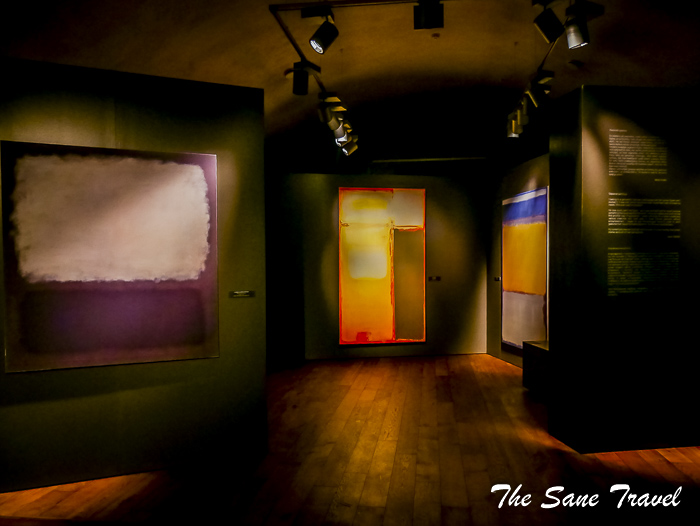
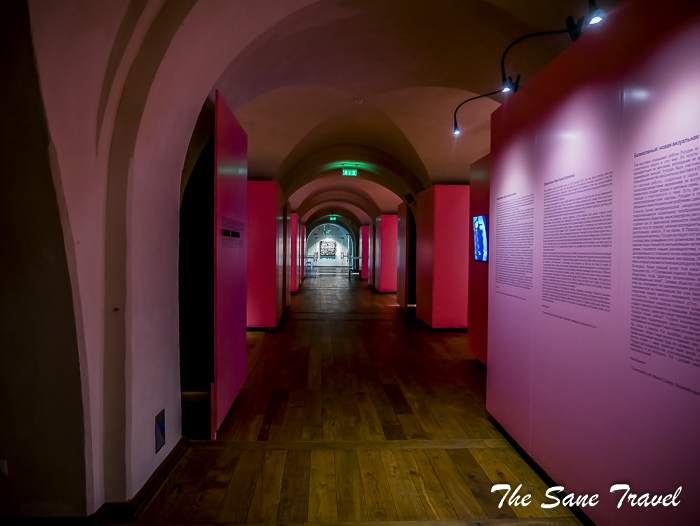
Daugavpils Shot Factory
The history of The Daugavpils Shot Factory began at the end of the 19th century. The factory was described as a large enterprise, which produced high-quality lead shots. It is built on the highest and driest spot of the city. For centuries at the top of the tower shots have been cast where at first the melted material is allowed to flow in narrow spurts through a riddle which is adjusted to the size of each shot. Falling down, the material separates in the required pellet form. From the top of the tower of the Daugavpils Shot Factory, you can see a city panorama. During the summer time every day at 1 p.m., you can take the historical factory tour in English. Tours in Latvian and Russian are also available.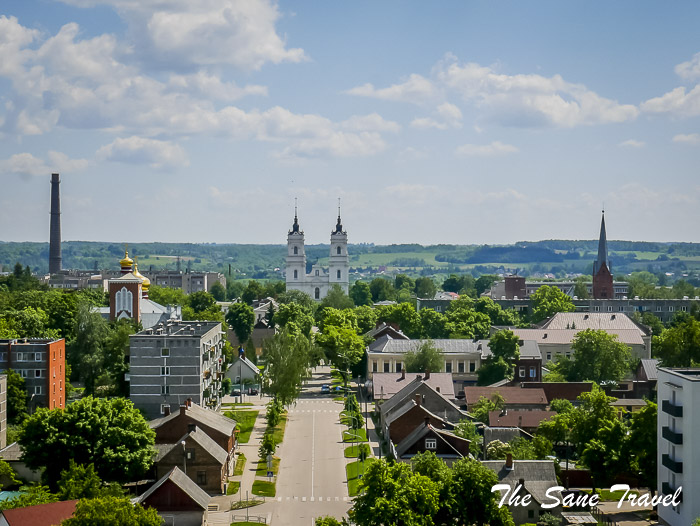
Square at the Daugavpils University
Check the square in front of Daugavpils University. There you can find a small fountain, a bust of the most famous Latvian poet Rainis and more than 100 years old sundial.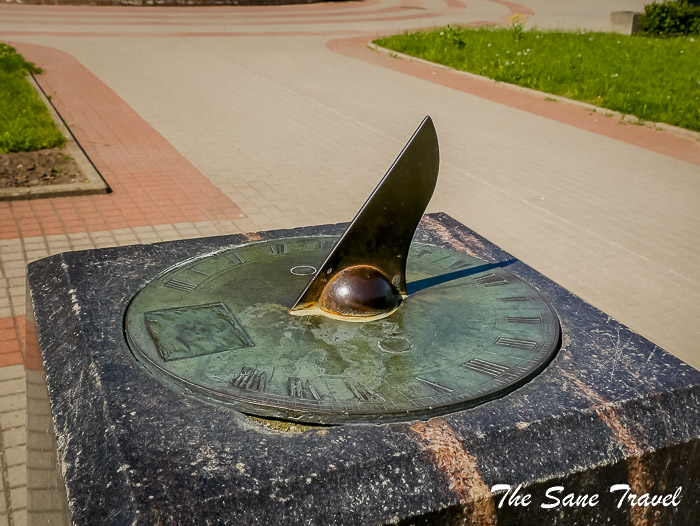
The Shmakovka Museum
First of all, what is Shmakovka? It is a strong drink produced at homes in Latgale for hundreds of years. Located in Daugavpils, the museum is the largest and most contemporary Shmakovka Museum in Latvia, offering an attractive story about Latgale’s strong drink that has become a brand in Latgale. Along with the story about making a drink, visitors can have a look at old photos and documents in digital exposition, as well as to become aware of the most important stories of Latgale’s history. The museum has more than 200 different exhibits, the oldest one dating back to the late 19th century. When visiting the museum you have a unique opportunity to witness how this traditional drink was formed, developed, and changed. Visitors can experience a whole model of Shmakovka "brewery" in the museum premises, where every detail of production is shown, and the guide is explaining how this great Latgale drink is made.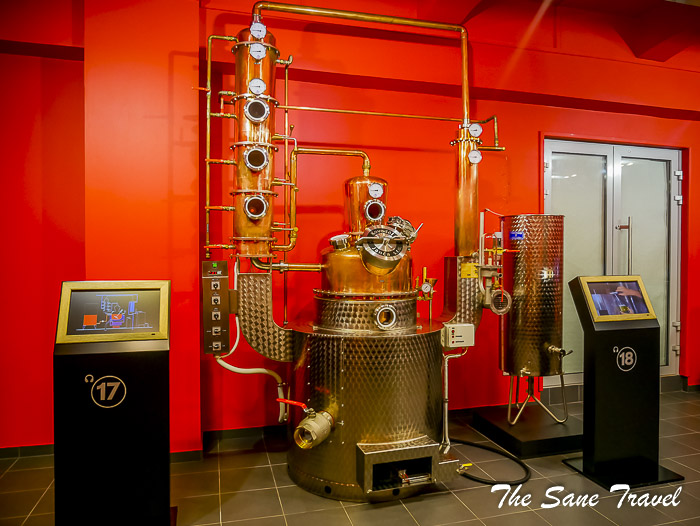
Church hill
Every traveller who wants to get acquainted with Daugavpils definitely has to visit the Church hill with churches of four different confessions. So here you go:
Boris and Gleb Orthodox cathedral
The cathedral was built in 1905 as a garrison church. The cathedral building is very impressive: 5 towers have been built on the rectangular base at the eastern end of the raised middle part of the building; there are 10 tower domes in total. The exterior of the cathedral is decorated with wedge arch elements, cornices, and columns. Above the entrance of the church there is a picture of Christ.
Martin Luther’s Cathedral
In the early 19th century the construction of the Martin Luther Cathedral began according to the project of the architect Wilhelm Neimanis, which was completed at the end of the 19th century. Due to its excellent acoustics, the church is especially suitable for concerts. During the warm season, the church is open to tourists.
Roman Catholic Church of the Holy Virgin Mary
The two-tower facade of the Daugavpils Roman Catholic Church of the Immaculate Conception of the Blessed Virgin Mary (1905) is designed in neo-baroque style. The new Baroque central altar, as well as the neo-Gothic side altars, was made in the early 20th century. A copy of Estebana Murillio's painting The Immaculate Conception is placed in the central altar.
Church of Our Lady and St. Nicholas
Since old believers were not allowed to live in central Russia they moved to the outskirts of the country, like Daugavpils, to keep practising their faith. Daugavpils 1st Old Believers Church is one of the largest in Latvia. The church was consecrated in 1928 in honour of the birth of Our Lady and St. Nicholas. As I am a tourist and not an old believer, to be honest, I didn’t feel welcomed there.
Daugavpils Clay Art Centre
Daugavpils Clay Art Centre offers an opportunity to get acquainted with the cultural heritage of Latgale with its ceramics and pottery traditions. Masterclasses, demonstrations of pottery work are organised here. At the Clay Art Centre, you can see the exposition and watch the masters doing their craft.
Address: 18th Novembra Street 8
Dubrovin park
Pavel Dubrovin (1839–1890), was the mayor of the city in the late 19th century. He took an active part in arranging the park. It’s the reason why the park is named after him and his monument is erected there. About 2 metre high bronze figure of him is located in a specially designed square near the fountain. The park is a favourite recreation place for the locals. In the summertime, everyone can find refreshment by the large fountain, whereas in the evenings watch its interplay of light and water.
Sunset on Daugava River
Watching the sunset on River Daugava can be an awesome wrap of your day in Daugavpils, as you’ll get to see colourful clouds and sun and their reflection in the water.
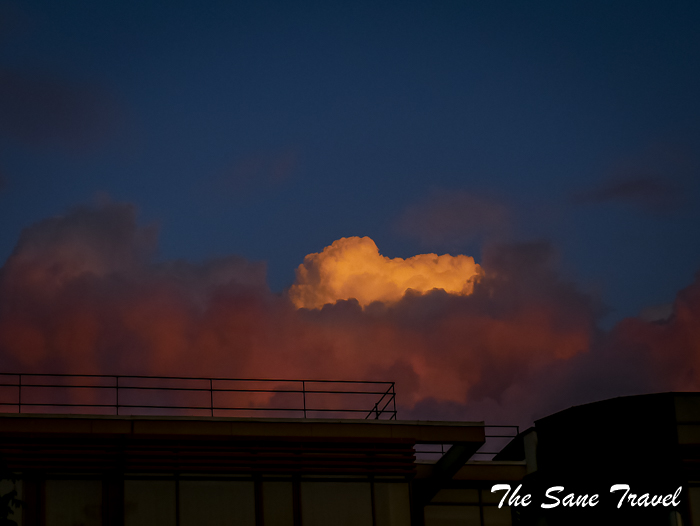
Homelike hotel
This four star hotel is located in a recently renovated building in the very centre of Daugavpils. The hotel has 10 rooms fitted with LCD flat-screen TV, a personal computer, and soundproof windows. There is complimentary parking, luggage storage, and a safety deposit box available on the premises.
Address: Mihoelsa Street 66
Practical information
If you can choose your visiting time better avoid Mondays and Tuesdays because some venues may be closed on these days. If you are coming from Riga, plan two days visit to fully enjoy the beautiful city.
Like it? Pin it!
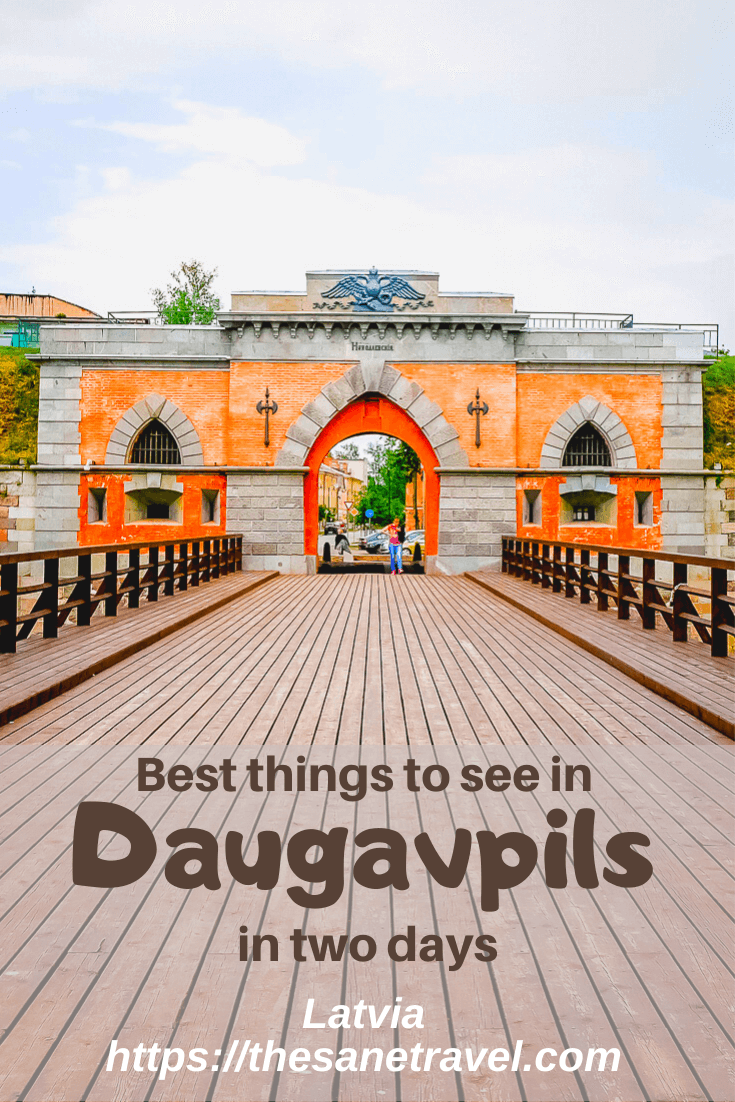
What did you think? Have you been to Latvia? Or perhaps you’re thinking of visiting in the near future? Either way, I’d love to hear from you so please add your comments below.
Author: Anita Sane

About the author
Anita is a part-time traveller, passionate photographer and a retired career woman from Latvia, travelling mostly solo for more than 15 years. She is a skilled travel planner who plans and executes her travels by herself. Anita wants to show you how to travel the world and open your mind to new experiences. Follow her on Facebook, Instagram, Pinterest, Twitter and Bloglovin.


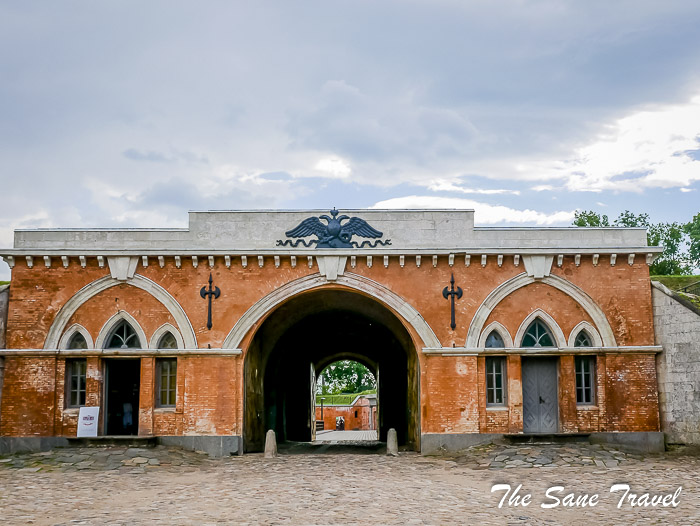
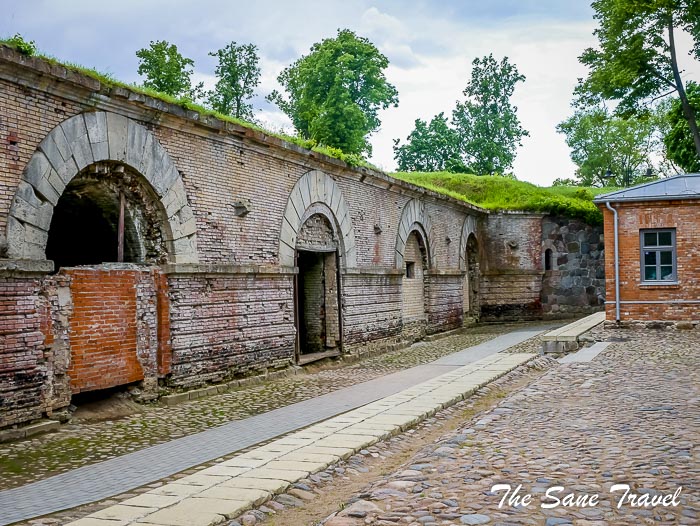
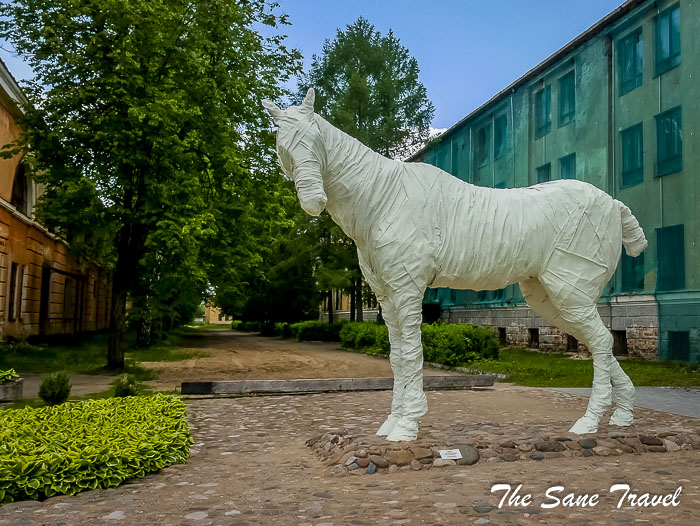
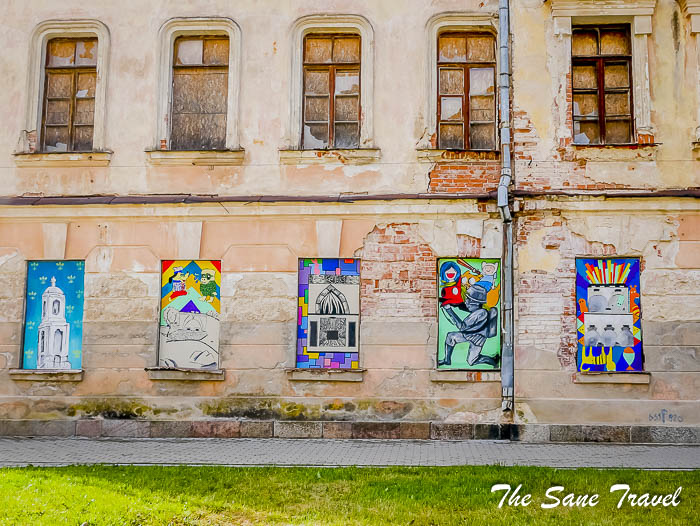
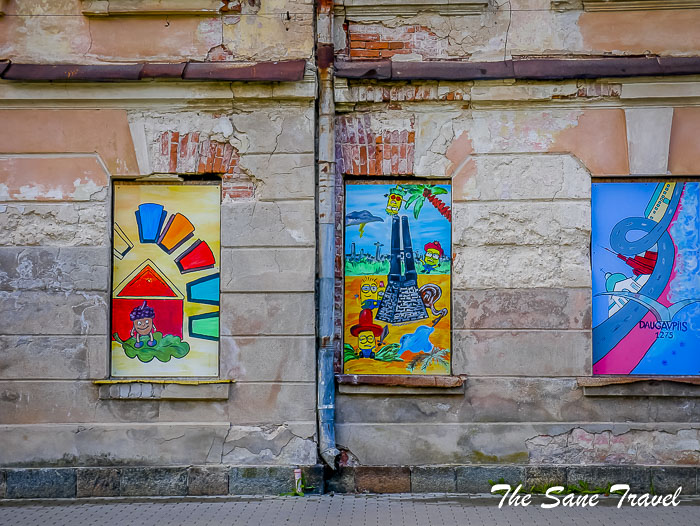
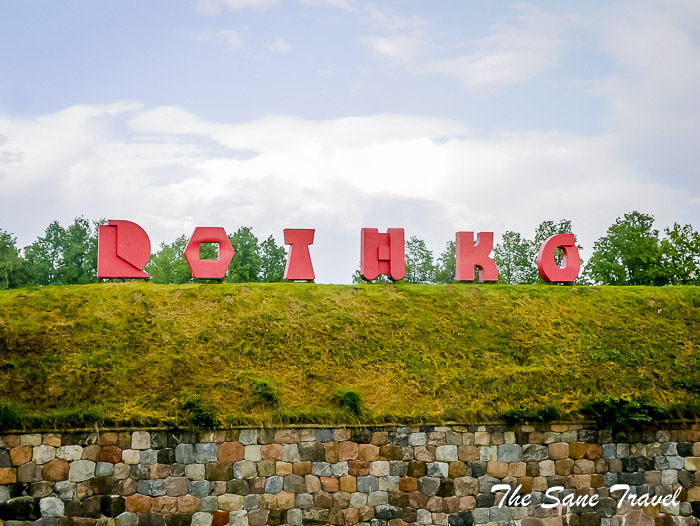
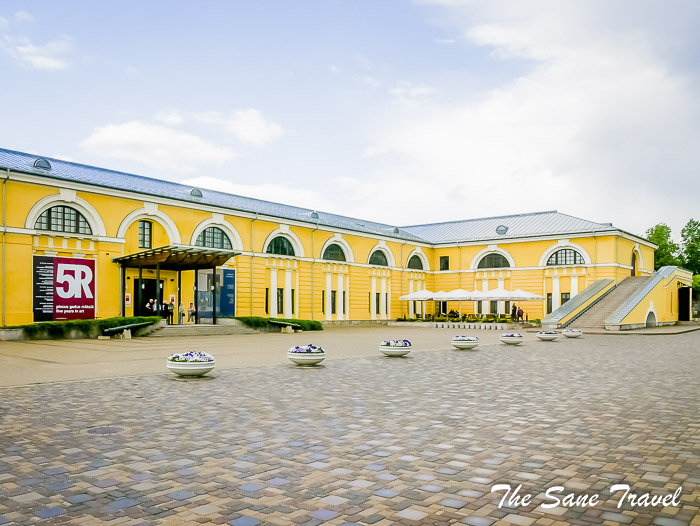
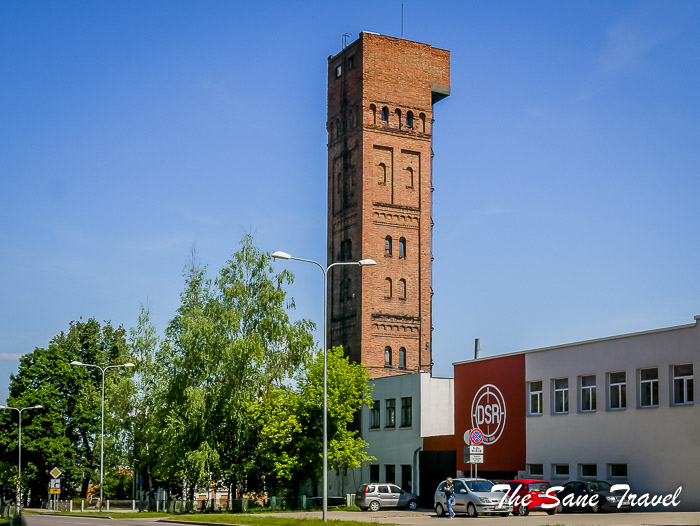
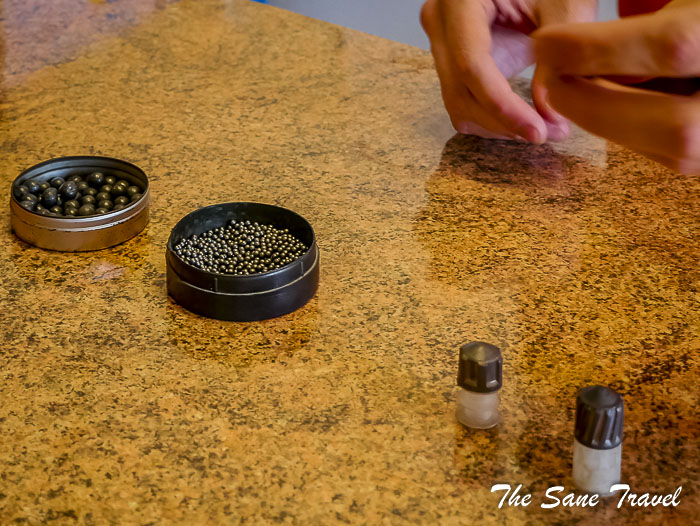
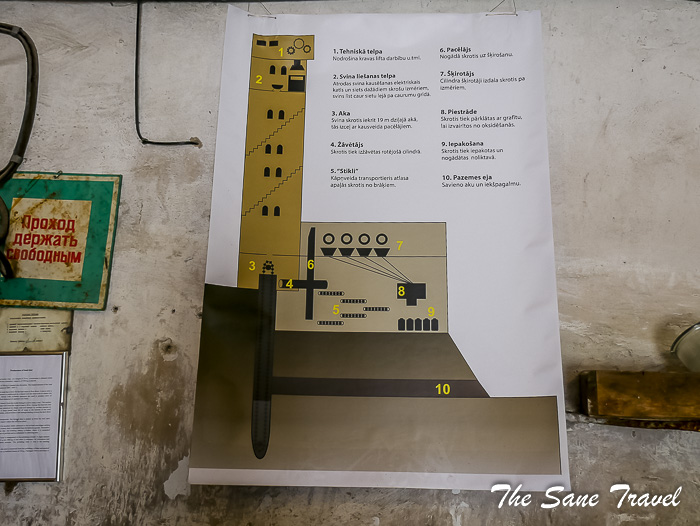
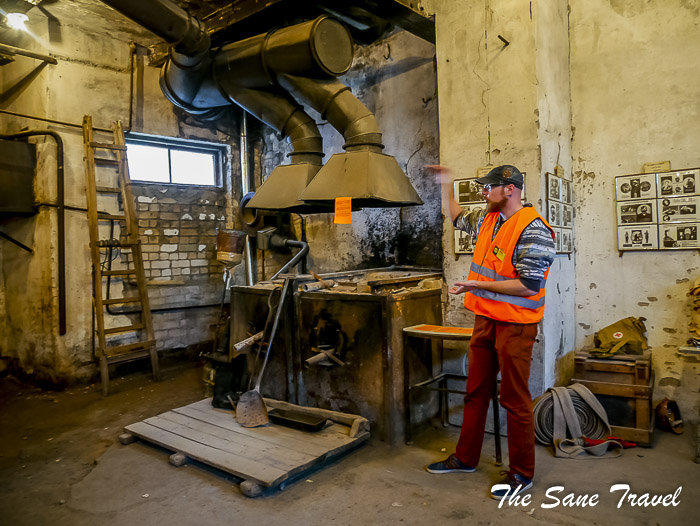
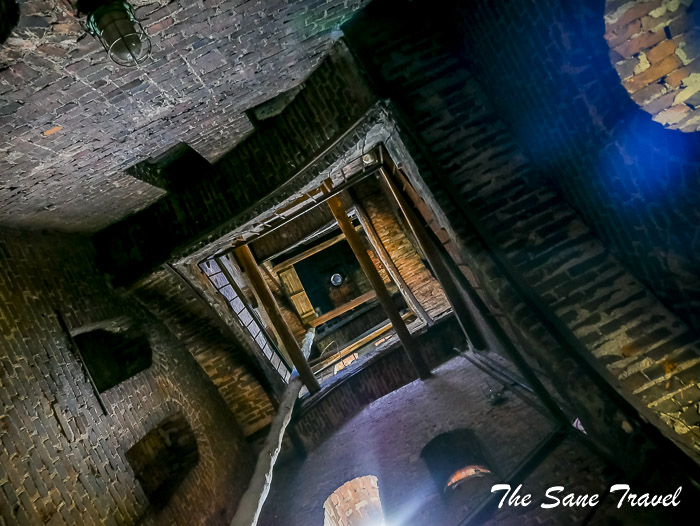
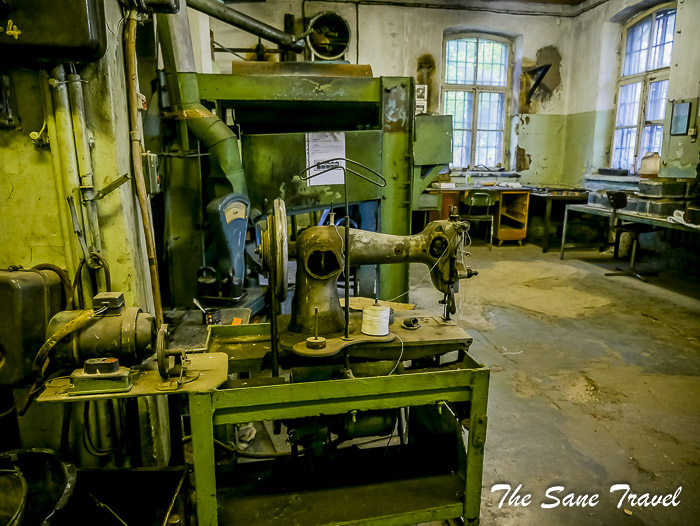
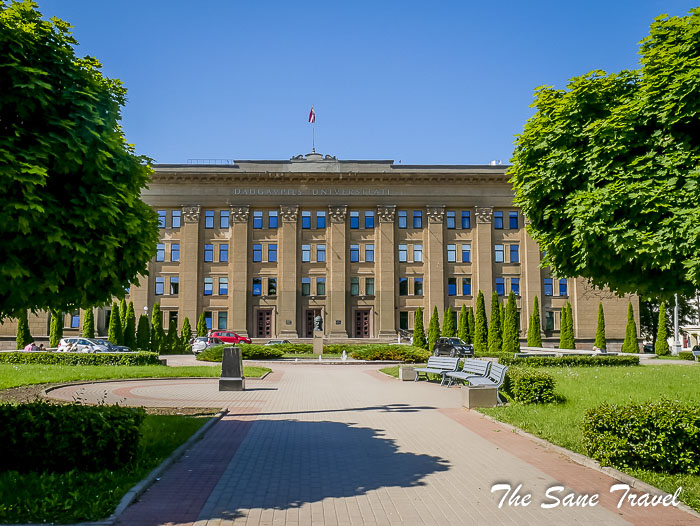
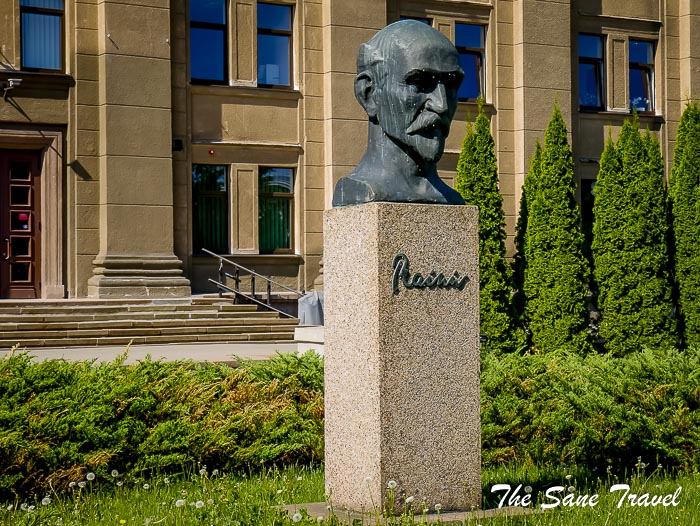
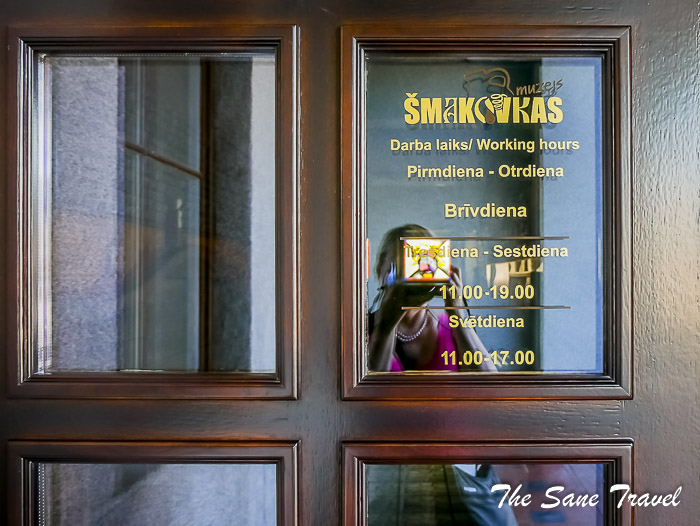
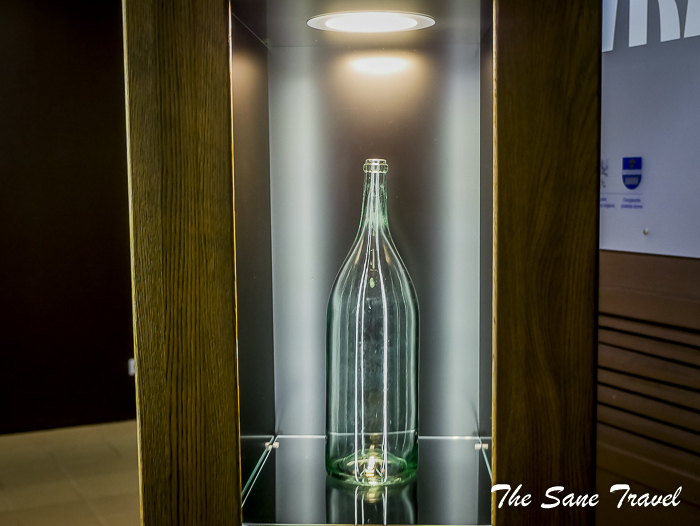
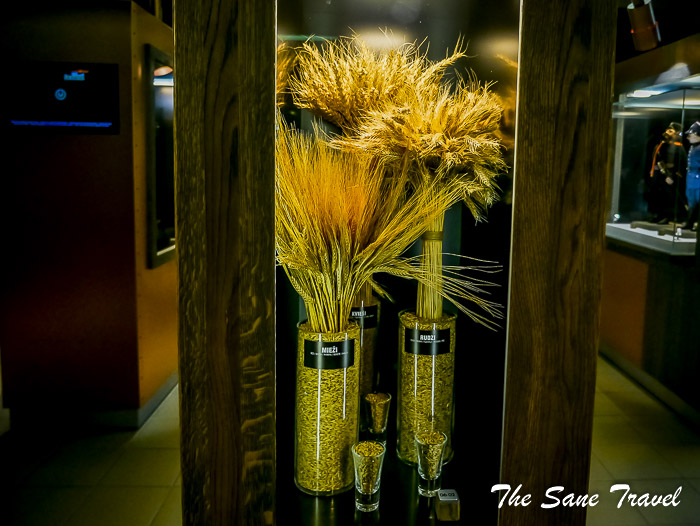
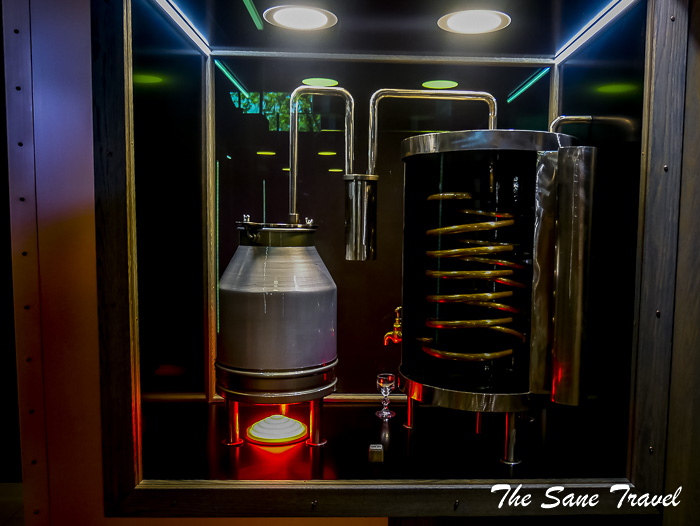
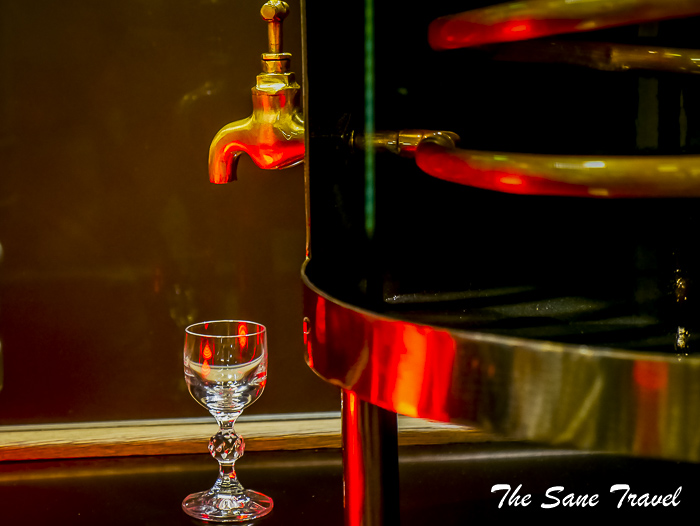
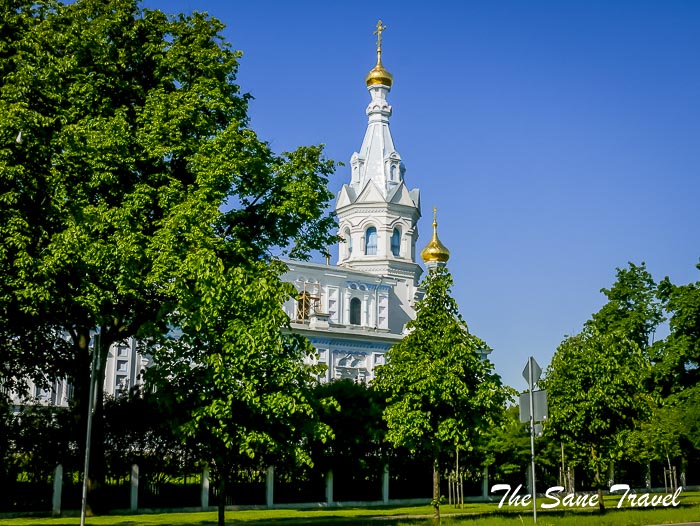
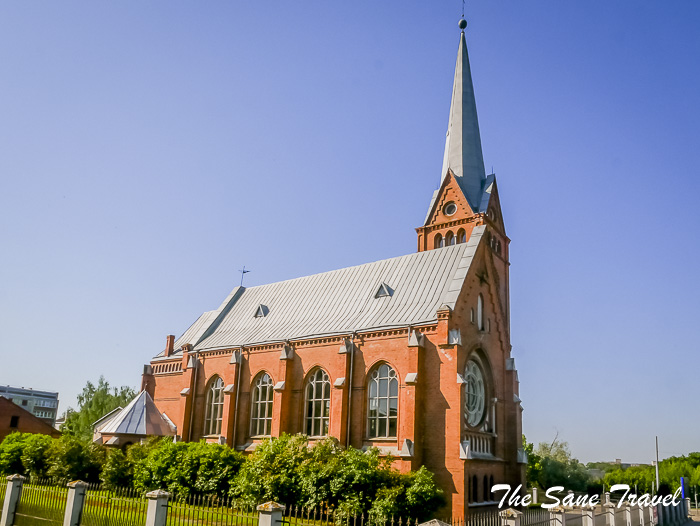
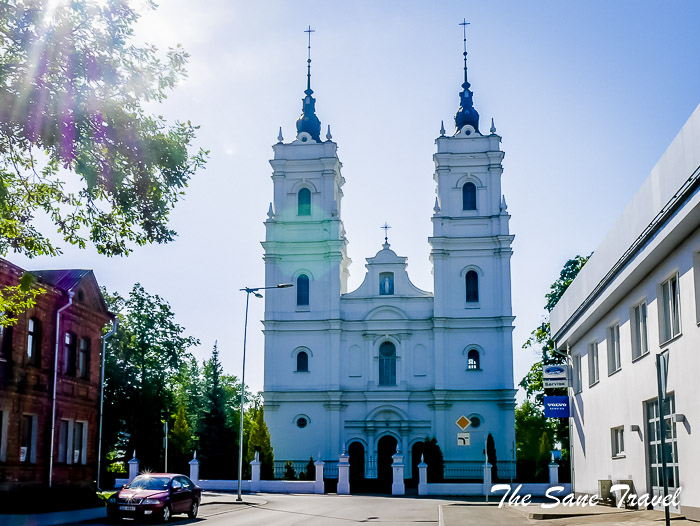
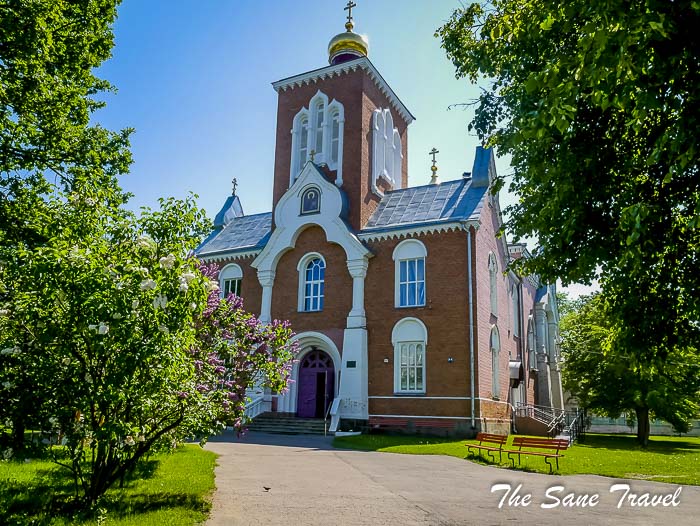
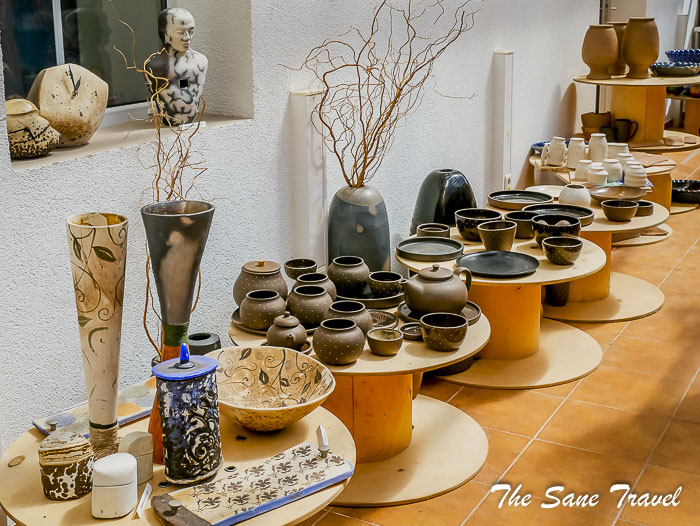

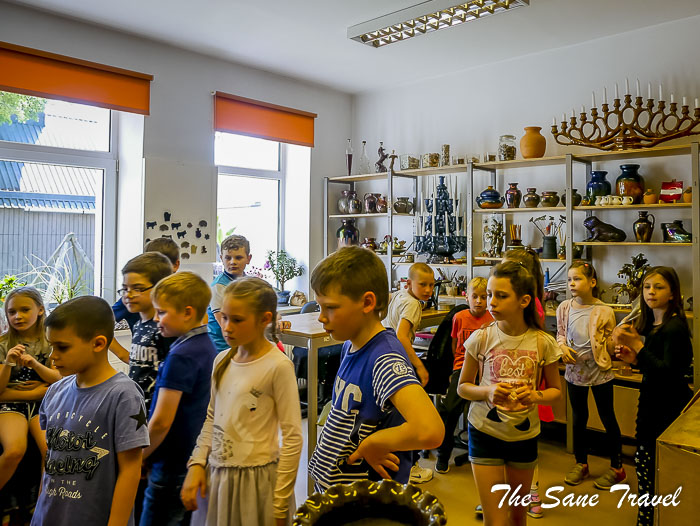
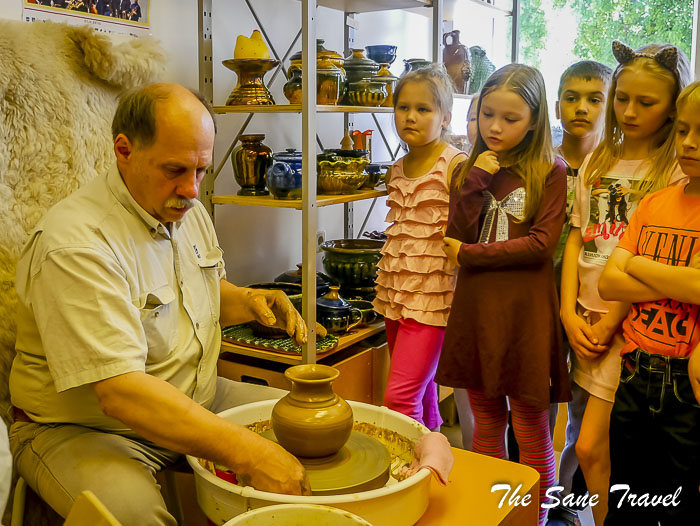
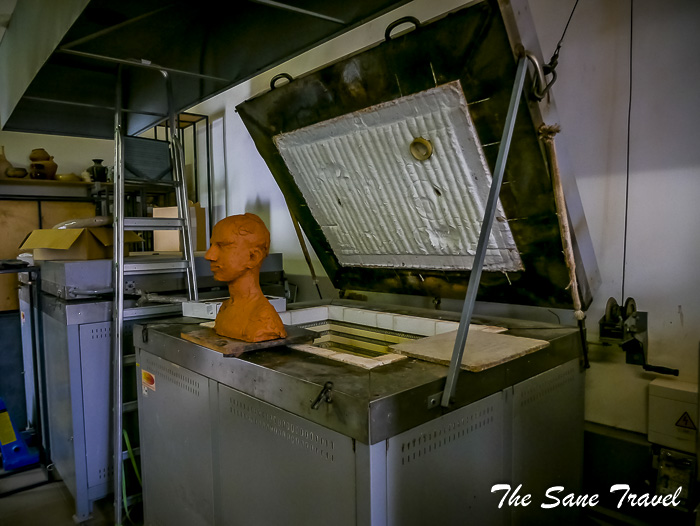
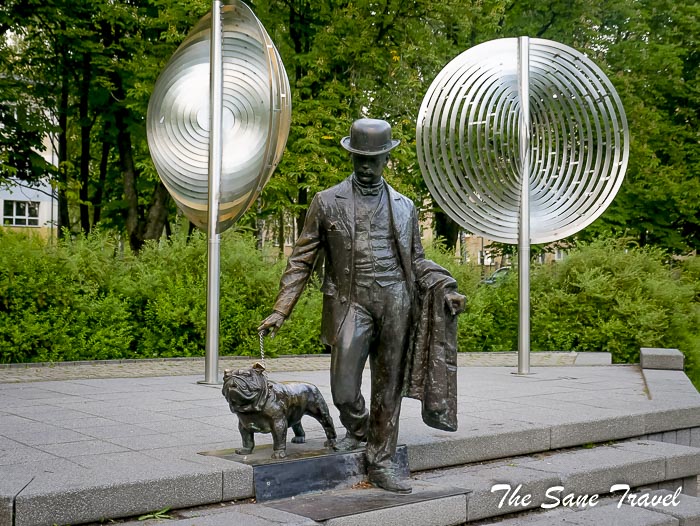
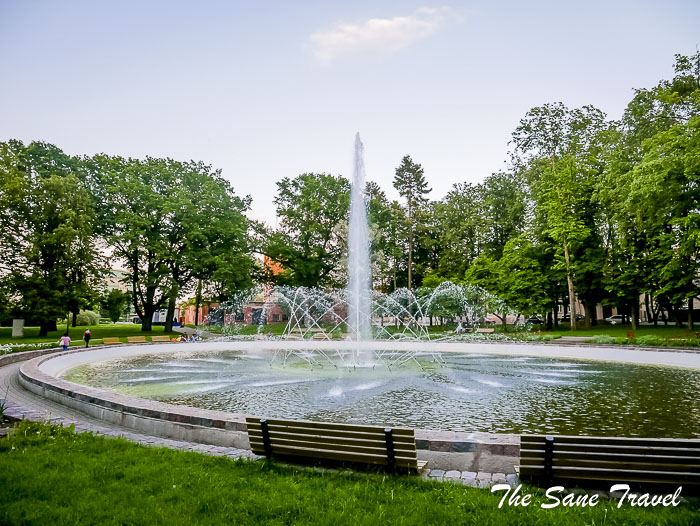
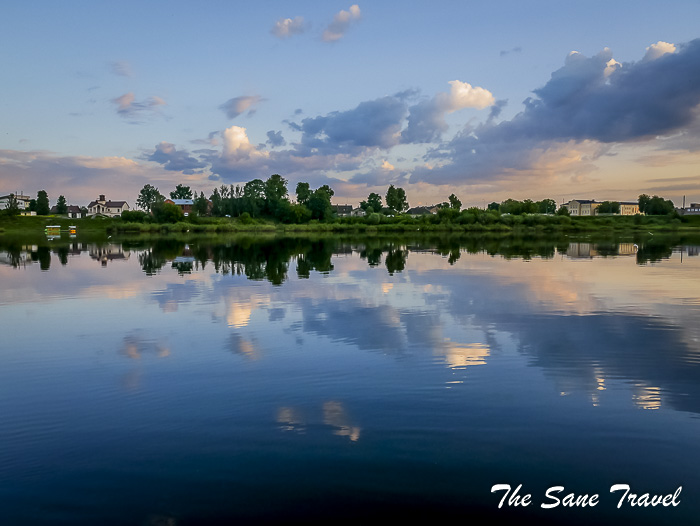
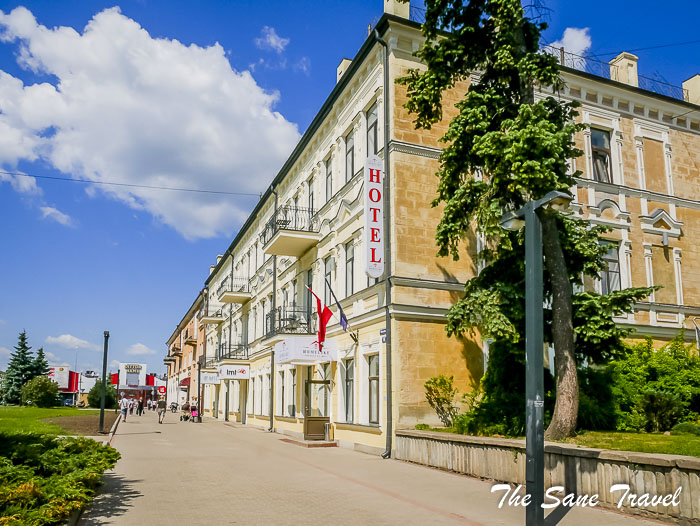
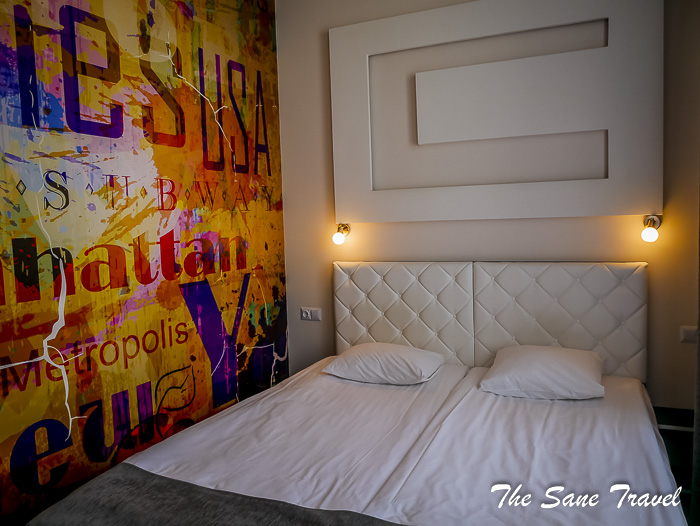
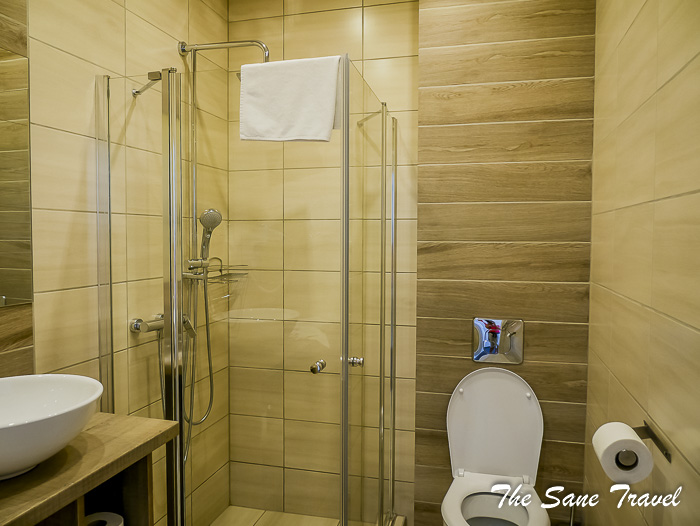
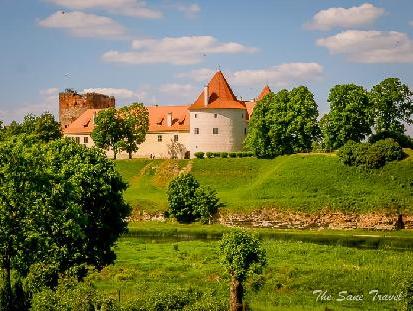
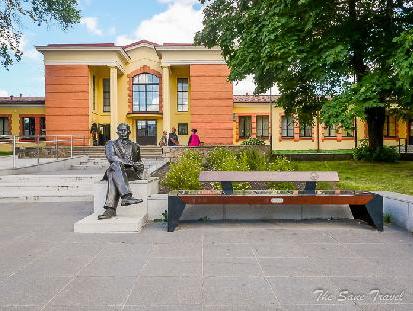
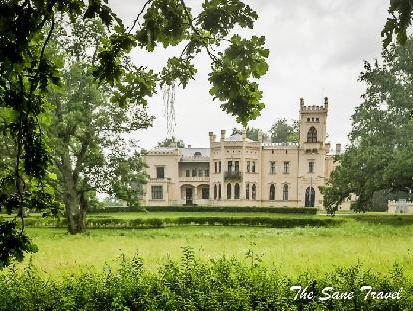
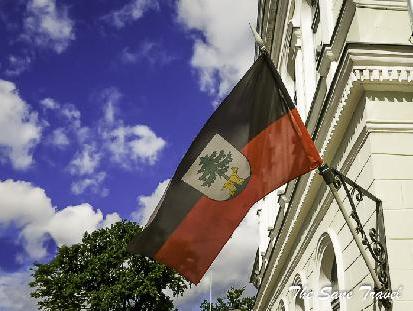
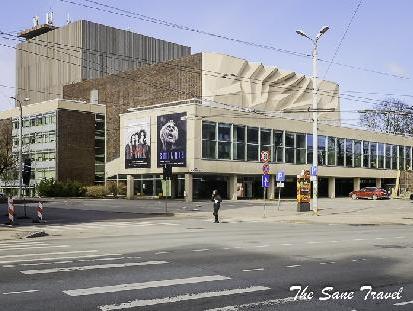
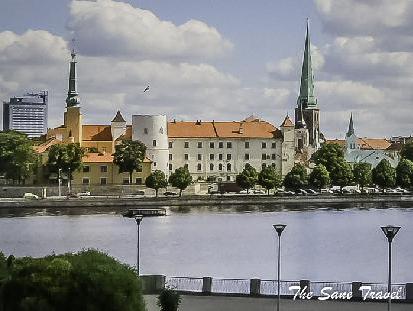
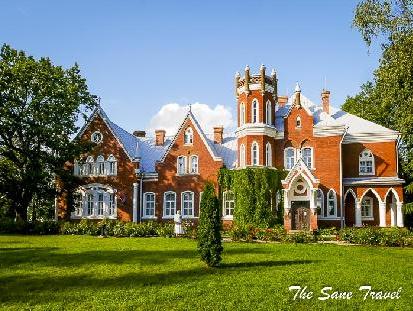
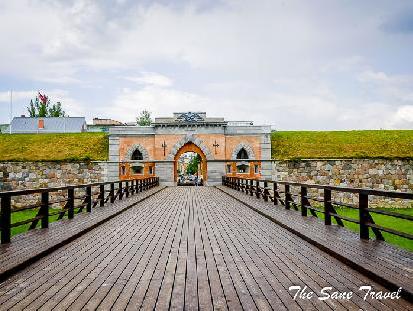
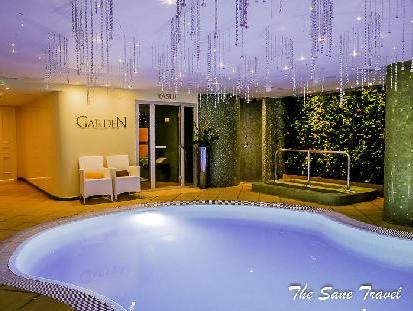
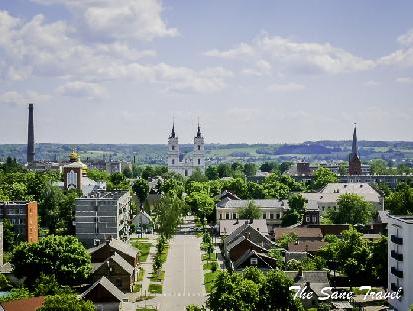
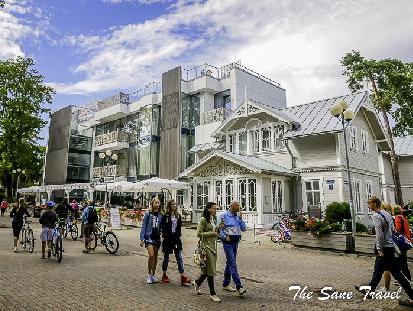
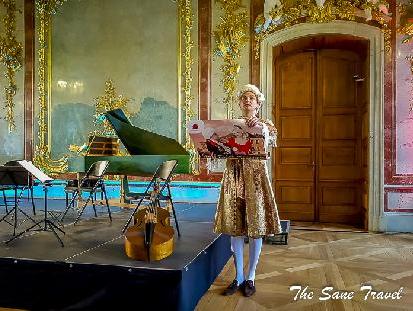
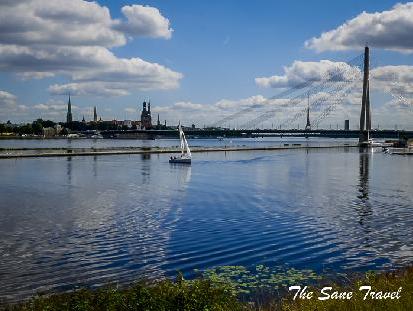
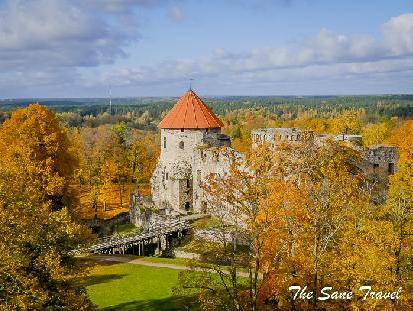
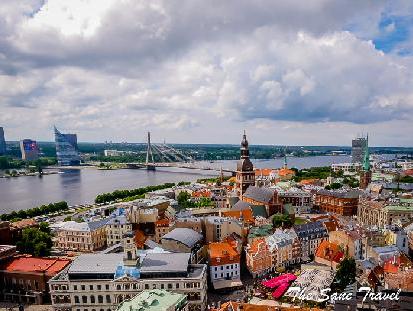
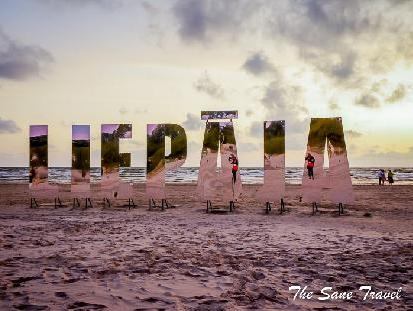
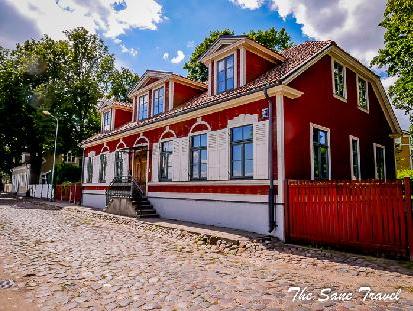
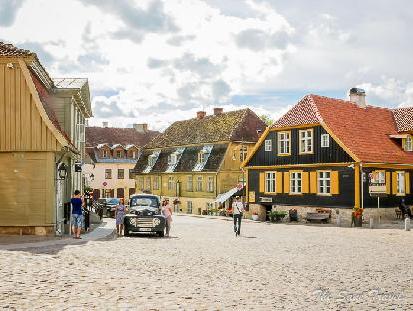
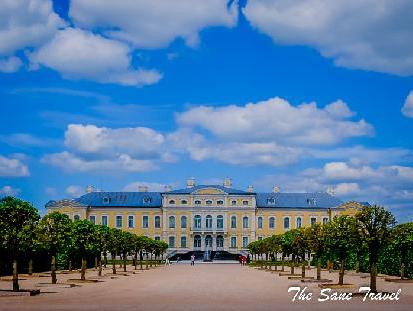
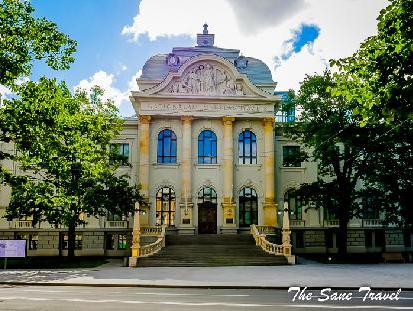
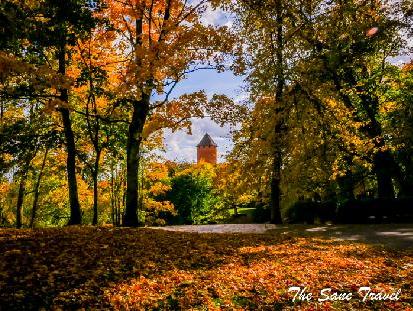
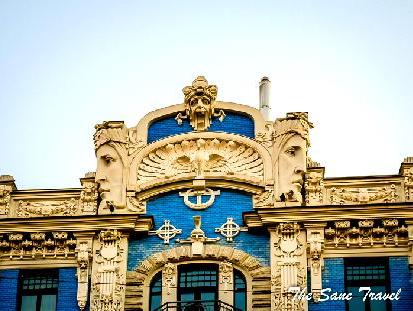
Report
My comments